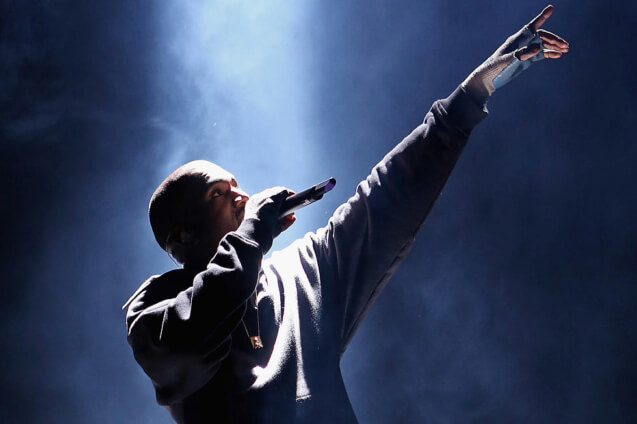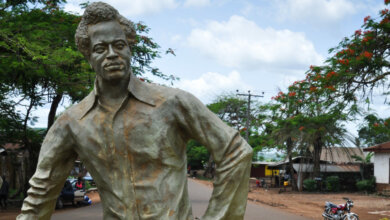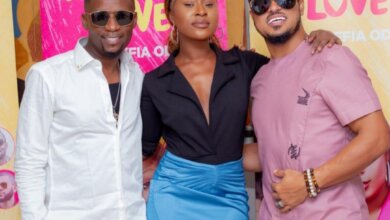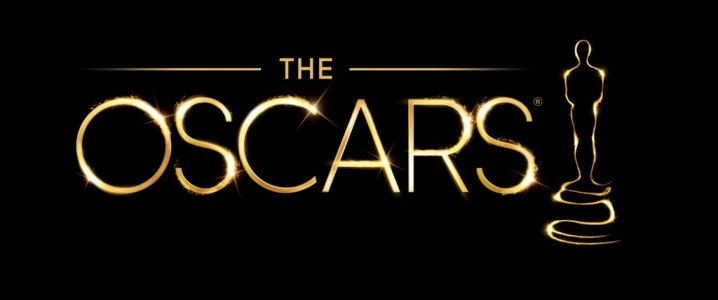How Marvel’s ‘Black Panther’ Will Revolutionize Superhero Movies
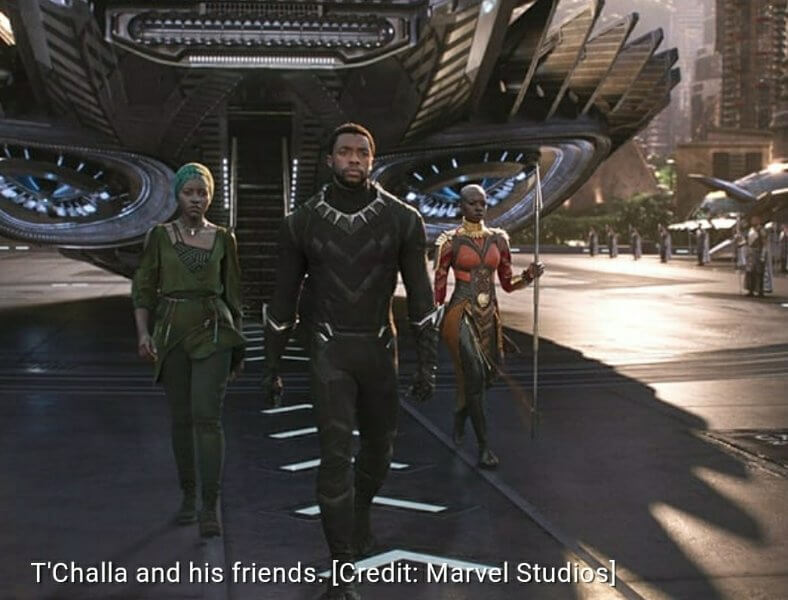

As 2017 came to an end, Fandango released their annual survey revealing the most anticipated films of the next year. No surprise, Marvel’s Avengers: Infinity War polled in first place. Another Marvel film came second: Black Panther, due for release on February 16th.
The trailers for Black Panther have centered on Chadwick Boseman’s titular hero, introduced in Captain America: Civil War, and have welcomed us to the fictional African nation of Wakanda. They’ve clearly resonated with audiences, making this one of the most exciting films of the year well before release.
That’s all the more remarkable given Black Panther is a bold departure from the traditional Marvel model. It’s a unique, diverse film, and director Ryan Coogler has gathered together a team which has literally created a nation from the ground up.
The sad truth is that black superheroes are few and far between. While the Black Panther isn’t the first black superhero to star in a Hollywood blockbuster, he’s the first since Marvel’s era began in 2008. Prior to Black Panther, black superheroes have traditionally been relegated to the role of sidekicks, like Anthony Mackie’s Falcon or Don Cheadle’s War Machine. Boseman wowed fans with his debut in 2016’s Captain America: Civil War, though, and now is his time to shine.
[Click to read more entertainment stories]
But this film isn’t diverse just because it boasts a black superhero lead. It’s set in a fictional African nation, meaning the bulk of the cast reflects African identity. Lupita Nyong’o was raised in Kenya. Danai Gurira may have been born in Iowa, but when she was five her parents moved back to Zimbabwe. And Letitia Wright is a Guyanese-born British actress. Notice that so many of the cast are women; in the comics, Wakandan society venerates women in a way the West typically doesn’t. T’Challa is guarded by the Dora Milaje, an all-female group of ceremonial guards and warriors.
With Black Panther the movie is as diverse behind-the-scenes as it is on the big screen. As production designer Hannah Bleacher noted in an interview with Okayplayer:
“When I was on Black Panther, I looked around and I actually got tears in my eyes. The DP is a female, I’m a female, the costume designer’s a female, the UPM was a female, the AD was a female, the executive producer, Victoria Alonso, is female, all of different shades, sexual orientations, and they represent all of us. So, you look around at that crew, it was a diverse crew.”
The last few years have seen the film industry rightly face criticism for a lack of diversity and representation. That’s particularly the case for mainstream blockbusters, including the superhero genre. Black Panther stands against that.
Celebrating The Movie’s World-Building
As thrilling as the Black Panther himself may be, the quality of world-building in the film seems absolutely staggering. Ryan Coogler has assembled a top team which has worked hard to construct an entire civilization from the ground up. It helped that he’s worked with production designer Hannah Bleacher twice before, and the two have developed a close working relationship.
Bleacher viewed the country of Wakanda as a character in its own right, a person who should be felt and experienced by the viewers. Costume designer Ruth E. Carter took a similar approach, starting with the comics, and then diving into the depths of African history. The production team swiftly decided that every detail had to have a reason, each concept has a history. As Carter explained in an interview with Afropunk:
“If I wanted, to you know, put the Zulu hat on Ramonda as a married woman, it was appropriate and it had a story. Or if I wanted to infuse a language or sacred symbols, they had a past. And I felt that that would make them real as well as because we were embracing many cultures from many different places around the continent, Wakanda became the nucleus of the continent as well as being fictitious.“
To create this new nation, Marvel sent scouts out to countless African countries, including Nigeria, Kenya, Burundi, Rwanda, Ethiopia, and Zambia. They purchased different items for the production team to examine, ranging from leather hide infused with metal to traditional neck-rings and ancient garb. Some of the costumes were actually designed in traditional African lace, with 3D printing used to add depth and detail.
No superhero film has ever seen a production team put so much effort into world-building. As any comic book fan will know, a superhero is only as good as the world in which they operate. Given the love and attention that’s gone into Black Panther, the film seems set to be one of Marvel’s best yet.
Source: Tom Bacon, writer at CREATORS.CO
Oral Ofori is Founder and Publisher at www.TheAfricanDream.net, a digital storyteller and producer, and also an information and research consultant.


